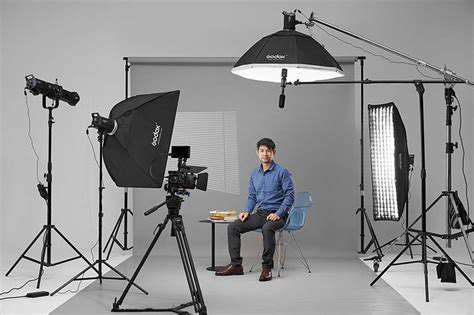How to Learn Photography: A Beginner's Guide
Understanding Exposure
Exposure forms the bedrock of every great photograph. Think of it as a delicate dance between aperture, shutter speed, and ISO - three elements that work in harmony to determine how your camera sensor captures light. True photographic mastery comes from understanding how adjusting one element affects the others, whether you're using a simple point-and-shoot or a professional DSLR.
Consider this: opening your aperture creates a beautiful shallow depth of field, but requires compensating with faster shutter speeds or lower ISO. This fundamental principle remains constant across all camera types, giving you the flexibility to adapt to any shooting situation.
Composition Techniques
Great composition transforms ordinary scenes into extraordinary images. While beginners might center their subjects instinctively, seasoned photographers employ techniques that guide the viewer's eye naturally. The rule of thirds creates dynamic balance, leading lines draw attention through the frame, and thoughtful use of symmetry can produce mesmerizing results. These timeless principles work regardless of your equipment, turning snapshots into gallery-worthy pieces.
Harnessing Natural Light
Sunlight offers an ever-changing palette for photographers. Dawn's soft glow flatters portraits, midday's harsh shadows create dramatic contrasts, while golden hour bathes everything in magical warmth. The secret lies in positioning - moving just a few feet can mean the difference between a flat image and one that pops with dimension. This light-reading skill remains valuable whether you're using a smartphone or a $5,000 DSLR.
Lens Selection Mastery
Each lens tells a different visual story. Wide-angle lenses (14-35mm) stretch perspectives for breathtaking landscapes, while telephoto lenses (70-200mm+) compress space for intimate portraits. Prime lenses offer superior sharpness, and zooms provide versatility. The key is matching your lens to your creative vision - a skill that transfers perfectly between camera systems. Experimentation reveals how focal lengths transform ordinary scenes into extraordinary compositions.
Light: The Photographer's Most Valuable Tool

Light: The Foundation of Photography
Light does more than illuminate - it sculpts, defines, and emotes. The difference between good and great photography often comes down to light quality - its direction, intensity, and character. Morning light wraps subjects gently, while afternoon light carves dramatic shadows. Learning to read light transforms how you see the world through your viewfinder.
Direction and Quality of Light
Front lighting eliminates shadows for clean product shots, while side lighting reveals texture in portraits. Backlighting creates ethereal silhouettes at sunset. The hardness of light matters too - overcast days provide nature's softbox, while direct sunlight delivers punchy contrast. Master photographers choose their shooting times based on these qualities.
Color Temperature Nuances
Candlelight's warm glow (1900K) tells a different story than moonlight's cool tones (4100K). Digital cameras let us adjust white balance, but understanding these inherent qualities helps create mood. Mixed lighting presents challenges - a tungsten-lit interior with daylight through windows requires creative solutions.
Composition Through Lighting
Light directs attention like a visual conductor. A sunbeam through trees becomes a natural spotlight. Reflected light bounces interest into shadow areas. The interplay of light and dark creates depth that flat lighting can't achieve. Learning to position subjects relative to light sources elevates basic compositions.
Emotional Lighting
Low-key lighting creates mystery in film noir. High-key lighting conveys cheerfulness in lifestyle shots. The direction of light affects perceived emotion - bottom lighting feels unsettling (perfect for horror), while top lighting feels divine (ideal for portraits). Great photographers use light as emotional shorthand.
Modifying Light
A simple reflector can save a backlit portrait. Diffusion material softens harsh sunlight. Black flags subtract unwanted light. These affordable tools offer studio-quality control anywhere. The best photographers know light shaping matters more than expensive gear.

Read more about How to Learn Photography: A Beginner's Guide
Hot Recommendations
- How to Stay Productive While Working Remotely
- Tips for Managing Conflict with Coworkers
- Entrance & Certification Exams (升学考试)
- How to Improve Your Storytelling Skills (Speaking)
- How to Find Profitable Side Hustles
- Tips for Preparing for the TOEFL iBT Home Edition
- Guide to Switching Careers from [Industry A] to [Industry B]
- How to Run an Effective Hybrid Meeting
- Tips for Marketing Your Side Hustle on Instagram











